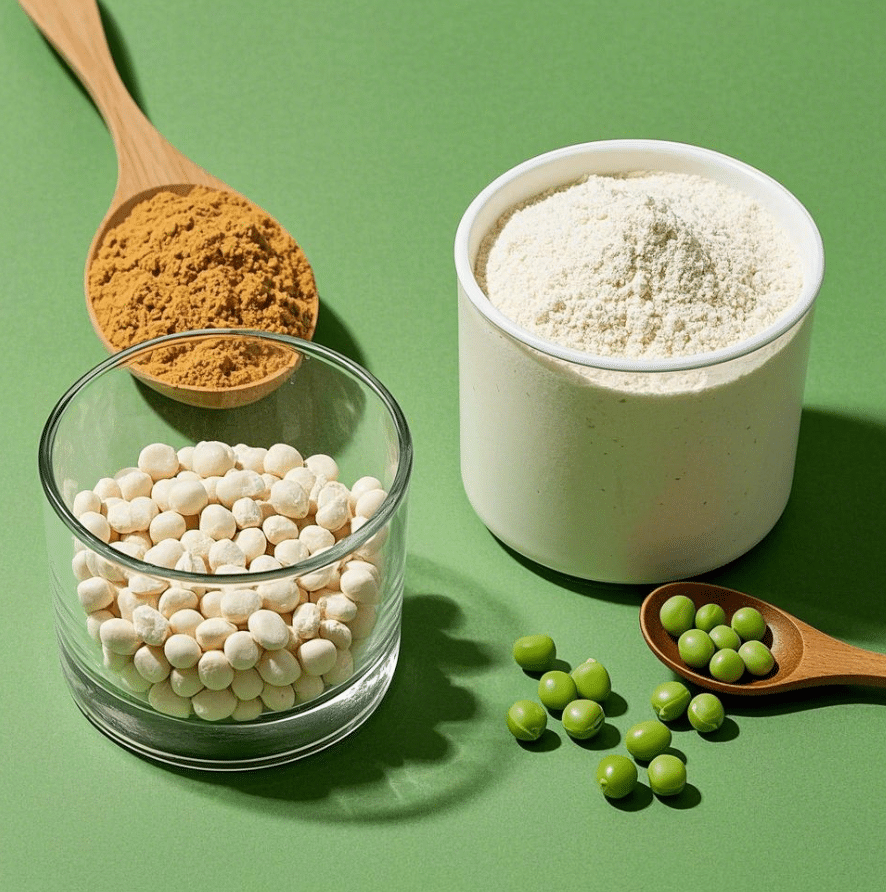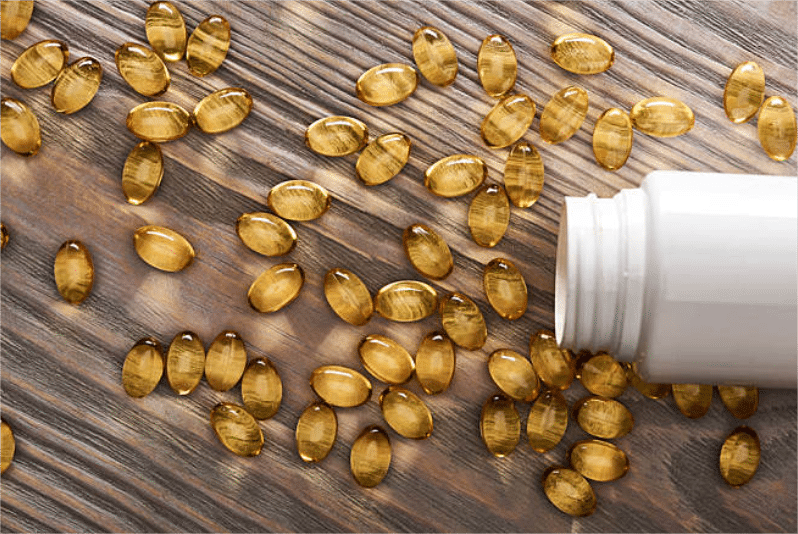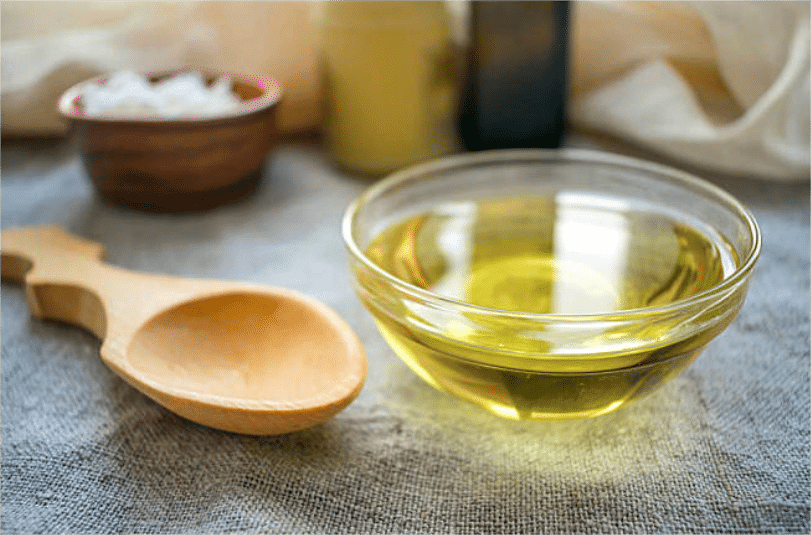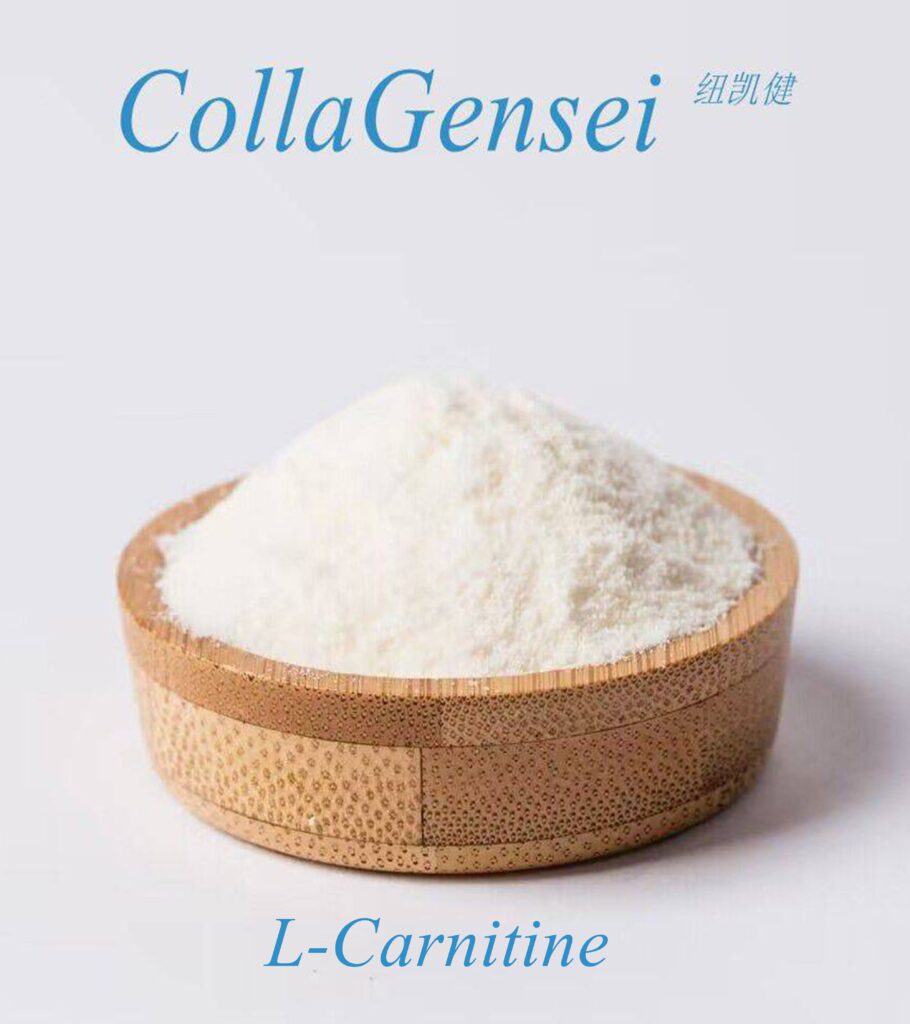What is soy protein ?
What is pea protein ?
Both soy protein and pea protein are popular plant-based protein sources, especially among vegetarians, vegans, and those with dairy or gluten sensitivities. Each offers a unique set of benefits and characteristics. Here’s a detailed comparison of soy protein vs. pea protein:
1. Amino Acid Profile:
- Soy Protein:
- Soy protein is a complete protein, meaning it contains all 9 essential amino acids that the body cannot produce on its own. This makes it a high-quality protein source for muscle repair, growth, and overall health.
- Rich in glutamine and branched-chain amino acids (BCAAs), which are crucial for muscle recovery and reducing exercise-induced muscle damage.
- Pea Protein:
- Pea protein is considered incomplete on its own because it’s low in methionine, one of the essential amino acids. However, it is still rich in many other amino acids, including lysine, which is often deficient in other plant-based proteins like rice.
- Combining pea protein with other plant proteins (like rice or hemp) can provide a complete amino acid profile.
2. Digestibility:
- Soy Protein:
- Generally considered easy to digest for most people, although some individuals may have trouble digesting soy or experience gas, bloating, or allergic reactions due to the presence of certain compounds like lectins or phytates.
- Soy contains trypsin inhibitors (compounds that interfere with protein digestion), but the levels are significantly reduced during processing.
- Pea Protein:
- Easily digestible for most people and is less likely to cause digestive issues compared to soy. It is a good option for those with soy allergies or sensitivities.
- Contains low levels of antinutrients, making it easier for the body to absorb compared to other plant proteins like beans or lentils.
3. Nutritional Profile:
- Soy Protein:
- Typically higher in protein content than pea protein, with around 20-25 grams of protein per serving (depending on the brand and processing method).
- Contains healthy fats, including polyunsaturated fats like omega-3 fatty acids, and also provides some fiber.
- Rich in iron, calcium, and various vitamins like vitamin B12 (when fortified), making it a nutritious option for those on a plant-based diet.
- Pea Protein:
- Pea protein typically provides about 15-20 grams of protein per serving.
- Lower in fat than soy and contains minimal carbs, making it a great option for people on a low-carb or ketogenic diet.
- Also a good source of iron, and some products are enriched with additional micronutrients like vitamin B12 and vitamin D for those on plant-based diets.
4. Allergies & Sensitivities:
- Soy Protein:
- Soy is one of the top allergens, so it may not be suitable for individuals with a soy allergy. It’s also a common concern for individuals trying to avoid phytoestrogens, which are plant compounds found in soy that mimic estrogen in the body.
- While research has suggested that moderate soy consumption is generally safe for most people, concerns exist regarding the estrogenic effects of soy, particularly for people with hormone-sensitive conditions (e.g., breast cancer).
- Pea Protein:
- Pea protein is a great alternative for those with soy allergies or sensitivities. It is also free from gluten, dairy, and nuts, making it a highly versatile choice.
- It does not contain phytoestrogens, so it is often considered a safer option for people with hormone-sensitive conditions.
5. Environmental Impact:
- Soy Protein:
- The environmental impact of soy farming has been a topic of concern, particularly regarding deforestation in certain parts of the world (e.g., the Amazon rainforest). However, most soy protein used in supplements and food products is sourced from non-GMO crops grown specifically for human consumption, not animal feed.
- Soy protein production is relatively energy-efficient and has a lower carbon footprint compared to animal-based proteins.
- Pea Protein:
- Pea protein has a lower environmental impact compared to soy and many other plant-based protein sources. It requires less water and fertilizer to grow and is considered more sustainable.
- Peas also improve soil health by fixing nitrogen, which can reduce the need for synthetic fertilizers, making pea farming more eco-friendly than some other crops.
6. Taste & Texture:
- Soy Protein:
- Soy protein has a neutral flavor, though some people describe it as slightly bean-like or “earthy.” In protein powders and products, this is usually masked by flavoring agents like chocolate or vanilla.
- Texture can vary depending on the product; soy protein isolate is often smooth and creamy, making it suitable for shakes and smoothies.
- Pea Protein:
- Pea protein has a mild, slightly earthy taste that can be more noticeable in protein powders, but it tends to be more palatable than other plant proteins like hemp or rice protein.
- It tends to have a smoother texture than soy protein, with less grittiness, making it more enjoyable for shakes and baked goods.
7. Usage & Versatility:
- Soy Protein:
- Soy protein is versatile and can be used in a variety of products, from protein powders to meat alternatives like tofu, tempeh, and soy-based burgers.
- It is widely available and commonly used in protein shakes, bars, and plant-based milks.
- Pea Protein:
- Pea protein is increasingly popular in plant-based meat alternatives, such as burgers, sausages, and protein snacks, thanks to its mild flavor and texture that mimics animal proteins.
- It’s also widely used in protein powders, smoothies, and baking.
8. Cost:
- Soy Protein:
- Soy protein is usually less expensive than pea protein, primarily due to its widespread availability and the established infrastructure for soy farming and processing.
- Pea Protein:
- Pea protein tends to be a bit more expensive than soy protein, but the price difference is often marginal depending on the brand and processing.
Summary Comparison:
| Feature | Soy Protein | Pea Protein |
|---|---|---|
| Amino Acid Profile | Complete protein, contains all essential amino acids | Incomplete (low in methionine, but rich in lysine) |
| Digestibility | Easy to digest, but may cause issues for some | Highly digestible with fewer digestive issues |
| Nutritional Content | High in protein, healthy fats, vitamins, and minerals | Lower in fat, high in protein, rich in iron |
| Allergies | May cause issues for those allergic to soy | Great for soy-free, gluten-free, and dairy-free diets |
| Environmental Impact | Concerns over deforestation and monoculture farming | More sustainable, with lower environmental impact |
| Taste & Texture | Neutral flavor, varies in texture | Mild flavor, smoother texture |
| Price | Typically cheaper | Slightly more expensive |
Conclusion
Which works better of Soy Protein and Pea Protein?
Are Soy Protein and Pea Protein equally effective for muscle building?
Are Soy Protein and Pea Protein similarly priced?
Are Soy Protein and Pea Protein both effective for weight management?
Are Soy Protein and Pea Protein equally beneficial for heart health?
Are Soy Protein and Pea Protein both suitable for individuals with allergies?
Are Soy Protein and Pea Protein equally effective for promoting satiety?
Are Soy Protein and Pea Protein both easily digestible?
Are Soy Protein and Pea Protein equally effective in providing essential amino acids?
Are Soy Protein and Pea Protein both suitable for vegan and vegetarian diets?
Are Soy Protein and Pea Protein equally beneficial for overall protein supplementation in a balanced diet?
- Soy Protein: Best for those who want a complete protein source with a good balance of amino acids and nutrients. It’s a solid choice for those looking for an affordable and versatile protein option, but it’s not suitable for those with soy allergies or sensitivities.
- Pea Protein: Ideal for individuals with soy allergies, gluten sensitivities, or those looking for a sustainable protein. It’s also a great choice for people who prefer a protein source that is gentler on the digestive system and has a milder flavor.
If you are interested in purchasing or want to learn more about high quality Soy Protein and Pea Protein raw materials, please reach out to us at sales@collagensei.com. At Gensei Global Industries, we provide high-quality, FDA-certified raw materials that comply with ISO, HALAL, KOSHER, and MSC certifications. Our warehouses are strategically located in California and New York, ensuring a consistent supply for your needs.
Ultimately, both proteins are effective for muscle recovery, weight management, and general health, so the choice depends on dietary preferences, allergies, sustainability, and taste.




